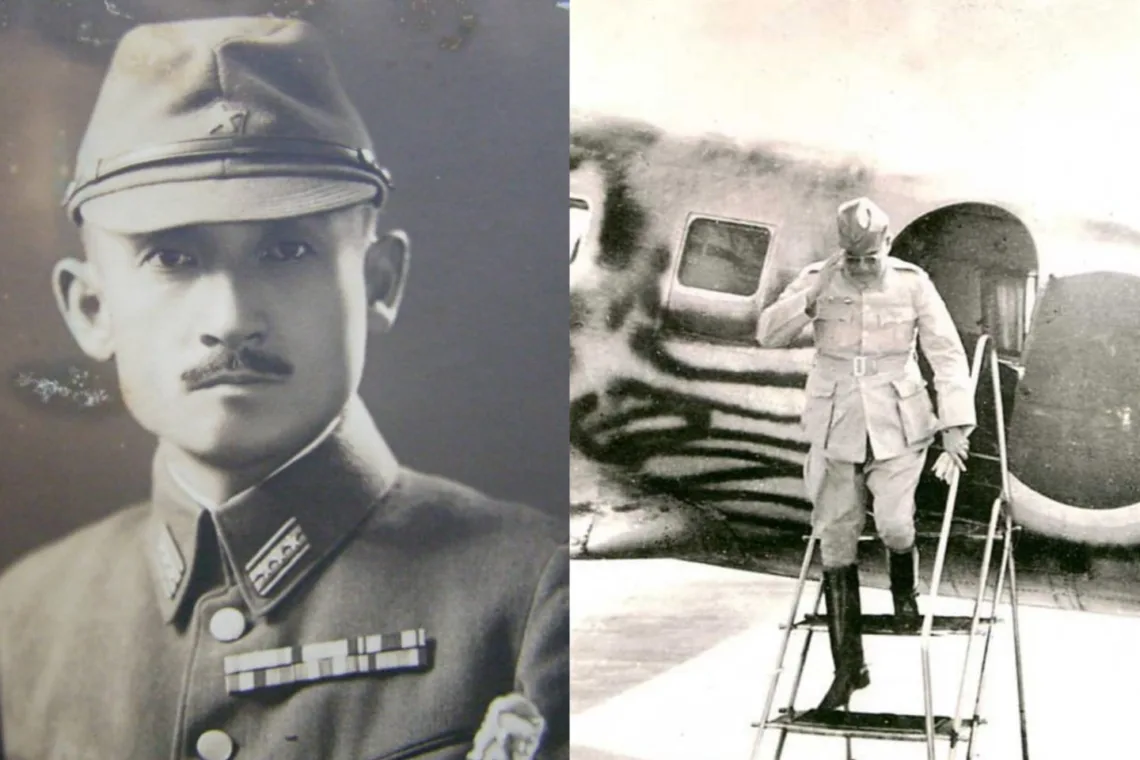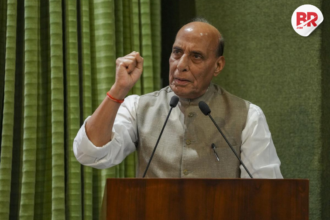
In a groundbreaking revelation, Chinese historians have challenged the long-standing theory surrounding the death of Indian nationalist leader Netaji Subhash Chandra Bose. According to their findings, General Shidei, a key figure associated with Bose, was in a separate plane during the alleged 1945 Taiwan air crash, raising fresh questions about the circumstances of Bose’s disappearance.
The Taiwan Air Crash Theory
For decades, the official narrative has been that Bose died in a plane crash in Taihoku (now Taipei), Taiwan, on August 18, 1945. This theory was supported by the Japanese authorities and later by two Indian government commissions—the Shah Nawaz Committee (1956) and the Khosla Commission (1970). However, the Mukherjee Commission (1999) rejected this claim, stating that Bose did not die in the crash.

Despite these conflicting reports, the mystery deepened with claims that Bose might have escaped to the Soviet Union or China. A 1947 French secret service report even suggested that Bose was alive and his whereabouts were unknown as late as December 1947:.
The Chinese Angle
Recent research by Chinese historians adds a new dimension to this enduring mystery. They argue that General Shidei, who was believed to be traveling with Bose, was actually in a separate plane. This contradicts the official account of the crash and suggests that Bose’s fate may have been different from what was previously assumed.
This revelation aligns with earlier claims made in Anuj Dhar’s book No Secrets, which highlighted a possible Chinese connection to Bose’s disappearance. The book cited rumors from 1949 that Bose was in Red China and even met Mao Tse-tung multiple times. Additionally, Bose’s elder brother, Sarat Chandra Bose, published an article in his newspaper The Nation in October 1949, claiming that the Indian government had definite information about Bose’s presence in China.
Implications of the New Findings
The Chinese historians’ claims have reignited debates about Bose’s final days. If General Shidei was indeed in a separate plane, it raises questions about the accuracy of the crash narrative and whether Bose could have survived. This theory also underscores the need for further investigation and the declassification of secret government files to uncover the truth.
Moreover, the Chinese angle adds complexity to the mystery. If Bose was in China, as some theories suggest, it could explain why his whereabouts remained unknown for so long. The possibility of Chinese records holding clues about Bose’s fate has also been hinted at by Indian scholars, including Priyadarsi Mukherji, a professor at Jawaharlal Nehru University.
Conclusion
The new findings by Chinese historians have added fuel to the already controversial and enigmatic story of Netaji Subhash Chandra Bose’s disappearance. While the Taiwan air crash theory has been widely accepted, the latest revelations challenge this narrative and call for a re-examination of the evidence. As the debate continues, one thing remains clear: the mystery of Netaji’s fate is far from being laid to rest.












